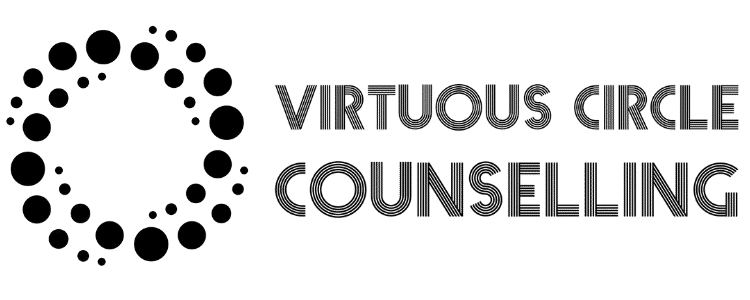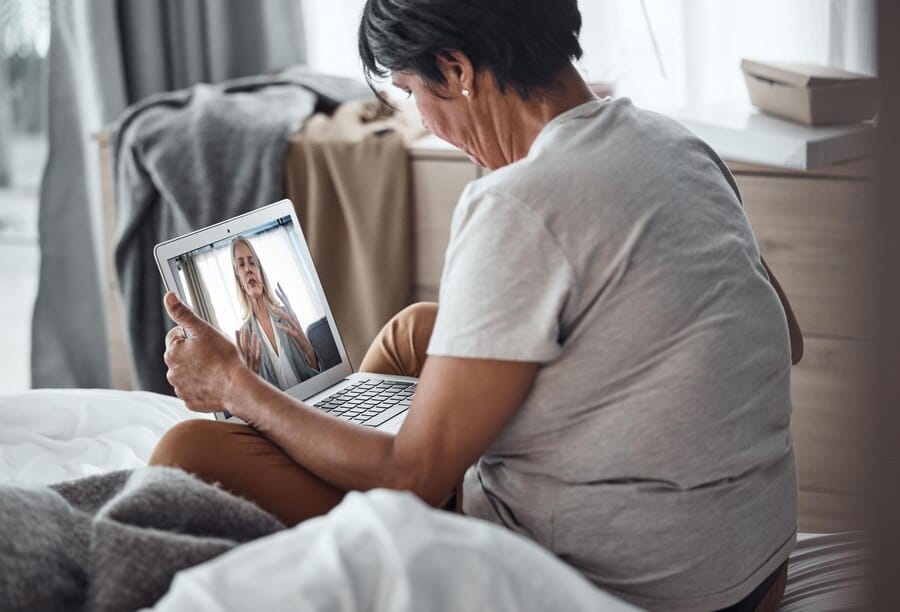Online therapy has grown dramatically in popularity as more people discover the convenience and flexibility it offers. Whether from the comfort of your home or amid a busy day, connecting with therapists virtually can provide much-needed support without the hassle of commuting.
It’s like bringing the counselling office to your living room, allowing for a more relaxed and personalised experience. However, despite its many benefits, users often face technical issues that can get in the way of a smooth therapy session.
Understanding these technical challenges is key to a seamless experience. From choppy videos to microphones that refuse to cooperate, these hiccups can disrupt the flow of conversation and sometimes lead to unnecessary anxiety.
Being prepared to handle these issues ensures a productive session and helps maintain the connection and trust between you and your therapist. Let’s explore some of the more common technical issues you might encounter and how you can keep things running smoothly.
Common Technical Issues in Online Therapy
When stepping into online therapy, you might encounter a few common technical problems. Knowing what to expect and how to address these challenges can enhance your sessions significantly.
1. Internet Connection Problems: Spotty internet can lead to frustrating interruptions during critical moments in a conversation.
2. Video/Audio Quality Concerns: Poor video and audio quality might make understanding and expression difficult, cutting into valuable therapy time.
3. Software Glitches: Sometimes the app or software you’re using might freeze or lag, affecting the flow of dialogue.
4. Device Malfunctions: Issues like device overheating, unexpected shutdowns, or camera failures can catch you off guard.
Being aware of these typical issues helps set realistic expectations and allows you to take proactive measures. For instance, regularly checking your internet speed before sessions can prevent connectivity troubles.
Additionally, maintaining your devices and updating software ensures they perform at their best when you need them. By tackling these issues head-on, your online therapy sessions can be as effective and enriching as in-person meetings.
How to Fix Internet Connection Problems
A stable internet connection is the lifeline of any online therapy session. When your internet slows down or drops, it can be frustrating. Thankfully, there are a few simple steps you can take to minimise these issues:
– Ensure a Strong Wi-Fi Signal: Position your router in a central location, away from walls, and consider investing in a Wi-Fi extender if you have a large space.
– Use a Wired Connection if Possible: A direct connection to your router can provide a faster and more stable internet connection.
– Close Unnecessary Applications: Other apps can eat up bandwidth, so close what’s not needed during your session.
– Contact Your Internet Service Provider: If you continue to experience issues, it might be time to reach out to your provider for solutions or upgrades.
By taking these preventative actions, you can lessen the likelihood of your session being interrupted by connection woes.
Improving Video and Audio Quality
Clear video and audio are crucial to ensuring you and your therapist can communicate effectively. If you’re facing quality issues, here’s how you can remedy the situation:
– Adjust Camera and Microphone Settings: Tweak settings to ensure clarity. Often, default settings are not optimised for the best performance.
– Use a High-Quality Webcam and Microphone: Investing in good peripherals can make a big difference.
– Test Your Setup Before Sessions: Doing a quick check can help catch any issues before they impact your session.
– Sit in a Well-Lit Room: This simple step can greatly improve video quality by ensuring your image is clear.
With these steps, you can enhance the communication between you and your therapist.
Troubleshooting Common Software Glitches
Software problems can throw a wrench into your session. Let’s look at how to keep them at bay:
– Keep Therapy Software Up to Date: Updates fix bugs and improve functionality, so don’t skip them.
– Restart the Application: A simple restart can usually solve many glitches.
– Reinstall the Software: If problems persist, reinstalling might clear out any underlying issues.
– Use Alternative Platforms: If all else fails, communicate with your therapist about trying an alternative.
Preparing these fixes ahead of time ensures a smoother therapy experience.
Handling Device Malfunctions
Technology can be unpredictable, and devices might fail you when you least expect it. Fortunately, there are ways to stay prepared:
– Regularly Update Device Firmware: Updates can resolve many issues before they start.
– Restart Your Device Before Sessions: A fresh start can help optimise performance.
– Have Backup Devices Ready: An extra device means you won’t miss a session if one acts up.
– Seek Professional Help: If the problem is too big, consulting a professional may be the best route.
Staying on top of device health can help create a hassle-free online therapy zone.
Solving Tech Issues in Virtual Therapy Sessions
As your session comes to a close, keeping things organised and proactive can make all the difference in your therapy journey. With careful planning and attention, your online therapy can remain a rewarding and uninterrupted experience.
Embrace the convenience and flexibility of online counselling in Calgary with the confidence that technical challenges won’t stand in your way. At Virtuous Circle Counselling, we’re here to ensure your virtual therapy sessions run seamlessly, allowing you to focus on personal growth and healing. Take control of your therapy experience with our expert guidance and enjoy a more connected, stress-free path to wellness.

